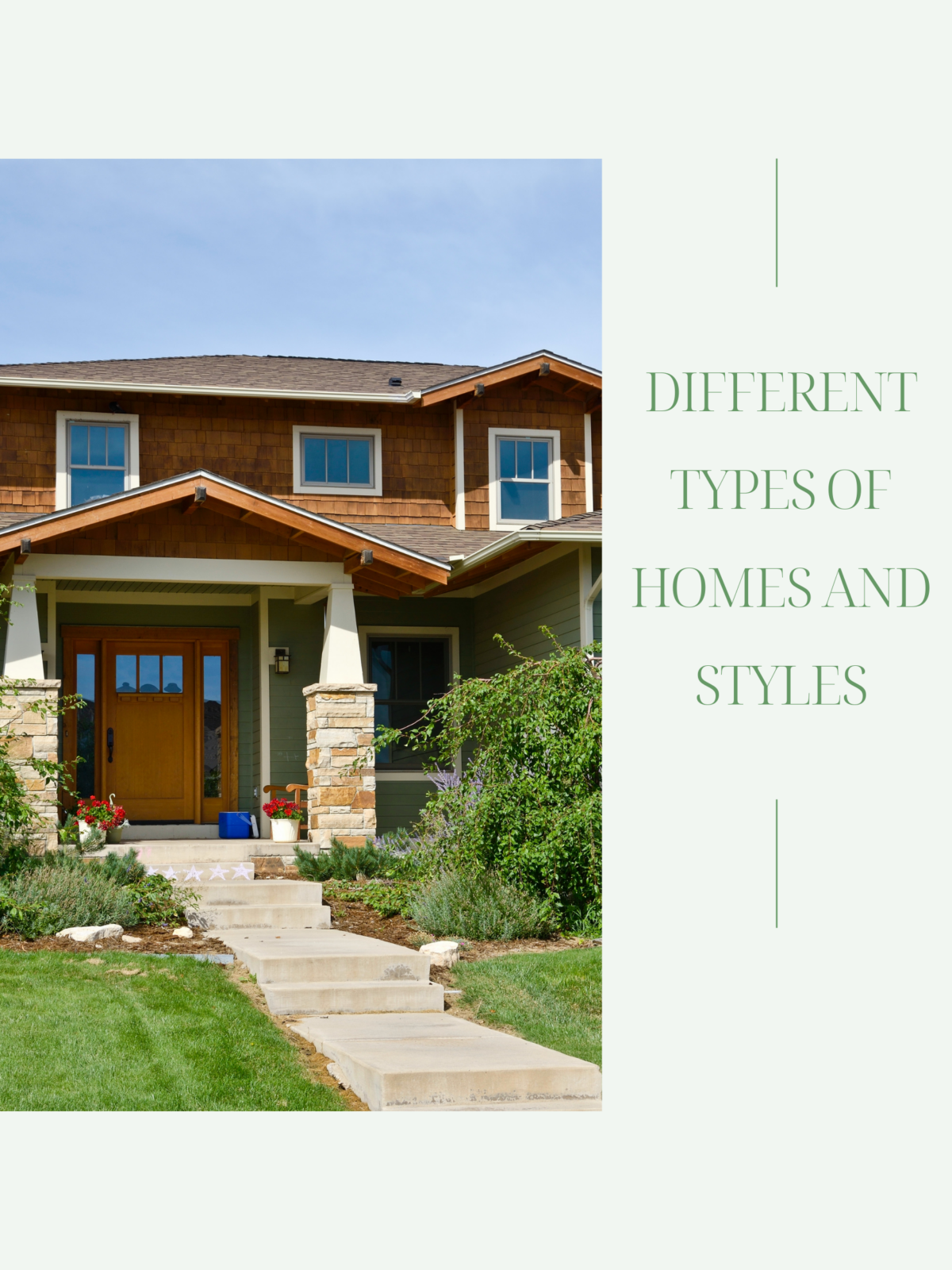Just like our personal routines change with the seasons, so does the need for maintaining our homes. Given that it’s often our most significant life investment, maintaining our homes is paramount. Regular attention to the exterior, appliances, heating and cooling systems, plumbing, and electrical components is crucial for smooth operation and to minimize repair costs. Consistent maintenance not only ensures functionality but also enhances your home’s overall appeal.
Each season presents different weather challenges and tasks to address. Below, we’ve provided valuable year-round tips to ensure your investment property operates like a well-oiled machine.
Spring
Exterior
With the weather warming up, it’s time to prepare your home for spring. Begin with the exterior, especially if you’re in a region where the yard is thawing out. Clear leaves and apply fresh mulch to flowerbeds and hedges to prevent drought. Inspect outside faucets for damage, and consider professional tree checks for safety. Clear gutters and examine the chimney for issues.
Interior
For homes with central air and heat, schedule biannual HVAC servicing. This includes ductwork inspection and furnace and A/C compressor cleaning. Inspect plumbing for leaks, especially under sinks.
Summer
Exterior
During summer, maintenance shifts to upkeep. Focus on enjoying your outdoor space. Keep grass at a higher cut to avoid weed growth and drought stress. Regularly water your garden and plants, ensuring functional sprinkler heads. Proper pool care is essential, involving weekly filter basket cleaning and chemical level checks, along with monthly algae prevention.
Interior
Adjust ceiling fans counterclockwise to cool, not heat. Prepare for heatwaves by checking door linings. Combat pests by keeping surfaces clean. Address bug issues with repellents before considering professional help. In hurricane-prone areas, have an emergency plan and disaster kit.
Fall
Exterior
Prepare for winter by providing ample water to plants before dormancy. Keep gutters clear to prevent blockages from falling leaves. Turn off outdoor faucets to prevent freezing. Close and clean the pool for winter.
Interior
Service furnace and HVAC systems for energy efficiency and preemptive repairs. Regularly inspect and clear dryer vents of lint. Fall is ideal for indoor projects like painting or bathroom updates.
Winter
Exterior
For colder regions, equip yourself for winter storms. Maintain snowblowers and stock up on ice melt. Check labels for pet-friendly options.
Interior
Change heating system filters and ensure a functioning generator for blackouts. Keep firewood, water, and canned food on hand for emergencies.


